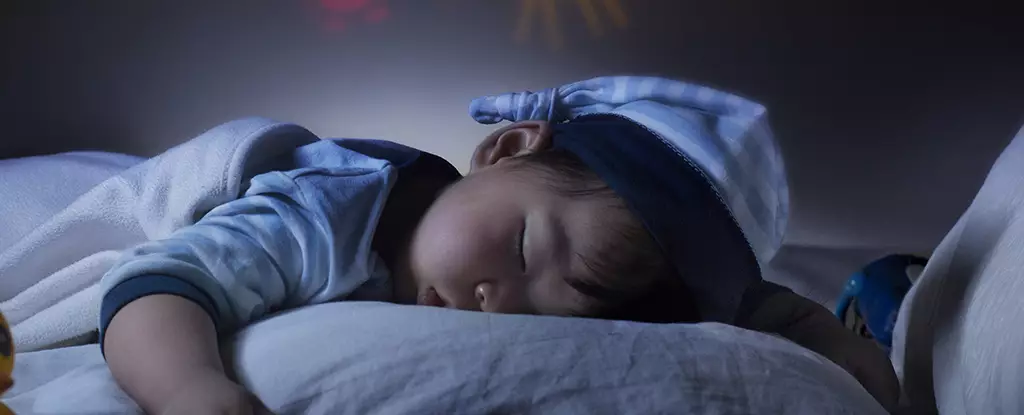Recent investigations reveal unsettling truths about children’s mattresses that can instigate anxiety among parents: these commonly used sleep surfaces may emit harmful chemicals linked to potential brain damage in young children. A meticulous study spearheaded by researchers at the University of Toronto highlights the perilous substances lurking within the sleeping environments of our littlest ones. The group focused on children aged between six months and four years old, examining bedrooms and scrutinizing 16 brand-new mattresses for the presence of semi-volatile organic compounds (SVOCs). These compounds are typically incorporated to enhance mattress durability and fire resistance, but their presence raises alarming questions about the trade-offs we may be making for safety and comfort.
The Critical Role of Sleep and Health
The relationship between sleep quality and brain development is undeniable – especially during the formative years of a child’s life. Environmental chemist Miriam Diamond emphasizes that adequate sleep is paramount for optimal brain health in infants and toddlers. The chemicals detected in this study have been tied to various health issues, including childhood asthma and cognitive deficits. This points to an urgent need for action among manufacturers and policymakers. As parents, it is our responsibility to ask: Why are our children’s sleeping environments fraught with substances that may undermine their health?
What Are Semi-Volatile Organic Compounds? Understanding the Threat
Semi-volatile organic compounds encompass a range of chemicals found in household products, including cleaning agents and personal care items, not just mattresses. The findings highlighted that more than two dozen types of SVOCs were discovered in the children’s bedrooms, with higher concentrations detected in the immediate sleeping areas. The research team impressively simulated conditions under which body heat and weight increase the release of these harmful substances. It’s disconcerting that many of these compounds can infiltrate a child’s developing body, potentially leading to long-term health challenges. Yet, paradoxically, the study stops short of detailing the exact risks tied to these chemicals, emphasizing our collective ignorance in this realm.
The Dichotomy of Safety Standards
In a world where fire safety is paramount, the presence of certain flame retardants such as tris(2-chloroethyl) phosphate—a substance already banned in Canada—raises legitimate concerns. How can manufacturers justify the inclusion of chemicals in children’s mattresses that have been proven unnecessary for fire safety while still posing potential health risks? Biophysical chemist Arlene Blum from the Green Science Policy Institute succinctly underscores the absurdity of the situation. The findings provoke a much-needed dialogue regarding the responsibility of manufacturers to prioritize child safety over profit margins, alongside the need for stringent regulatory policies.
Taking Action: Steps for Concerned Parents
Parents may feel overwhelmed by this staggering revelation. However, there are practical measures one can take to safeguard the health of little ones. For instance, the research suggests that bedding items such as pillows, blankets, and mattress protectors contribute to the proliferation of SVOCs. Limiting these additional items may reduce exposure to harmful chemicals. Furthermore, maintaining a regular washing schedule for bedding could help mitigate the concentration of these toxins in the sleeping environment.
As guardians, it is vital to foster a sense of security when laying children down for sleep. Ensuring that their sleeping spaces are as free from harmful substances as possible is not merely a recommendation; it is an imperative. Additionally, the study advocates for a collaborative approach where safety standards organizations and manufacturers work harmoniously to develop regulations aimed at the use of safe materials in children’s products.
The Duty of Community Awareness and Change
Now is the time to rally as a community dedicated to the health and safety of our children. While the research presents a wake-up call, it also serves as an impetus for advocacy. Parents, health professionals, and policymakers must unite to drive significant changes in the industry. Children, in their vulnerability, deserve sleeping environments conducive to their health and optimal development. The stakes are high, and the responsibility lies with us to ensure that the very places where our children rest and rejuvenate are safe havens, not sources of toxic exposure.


Leave a Reply